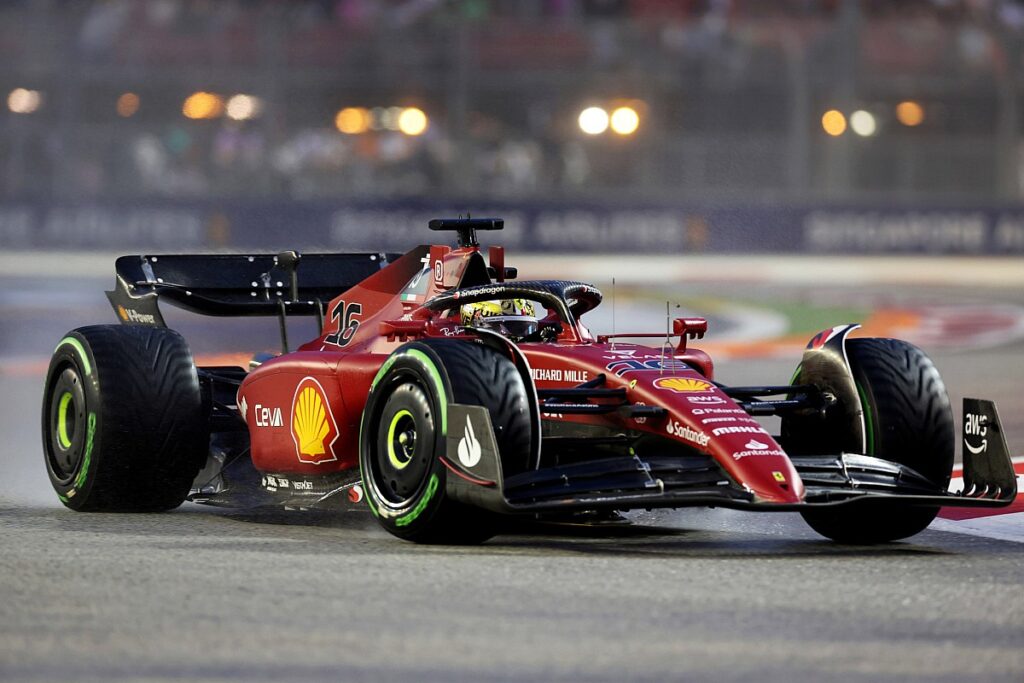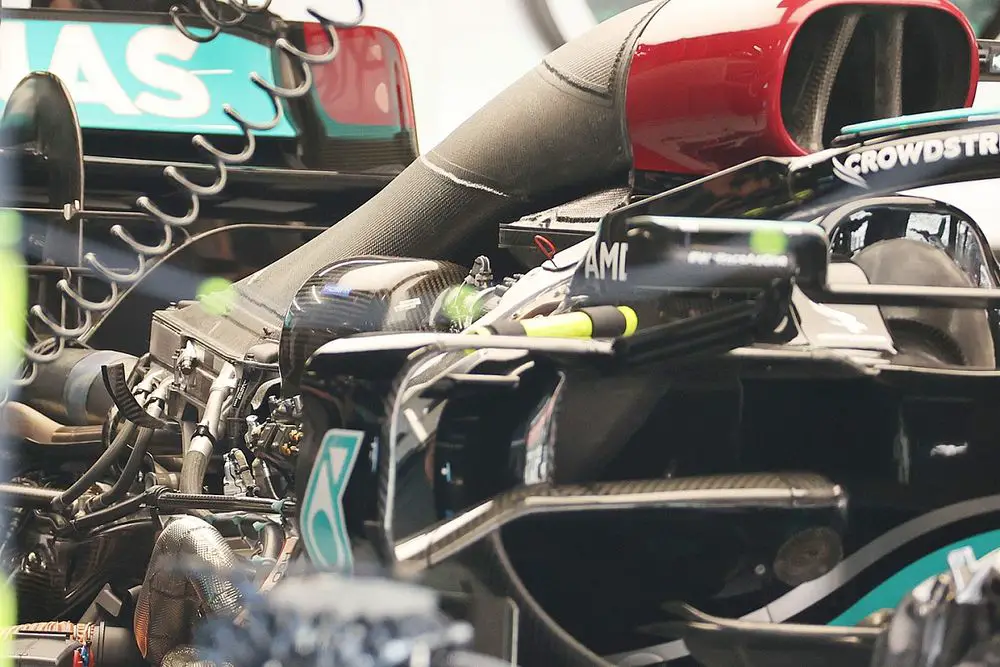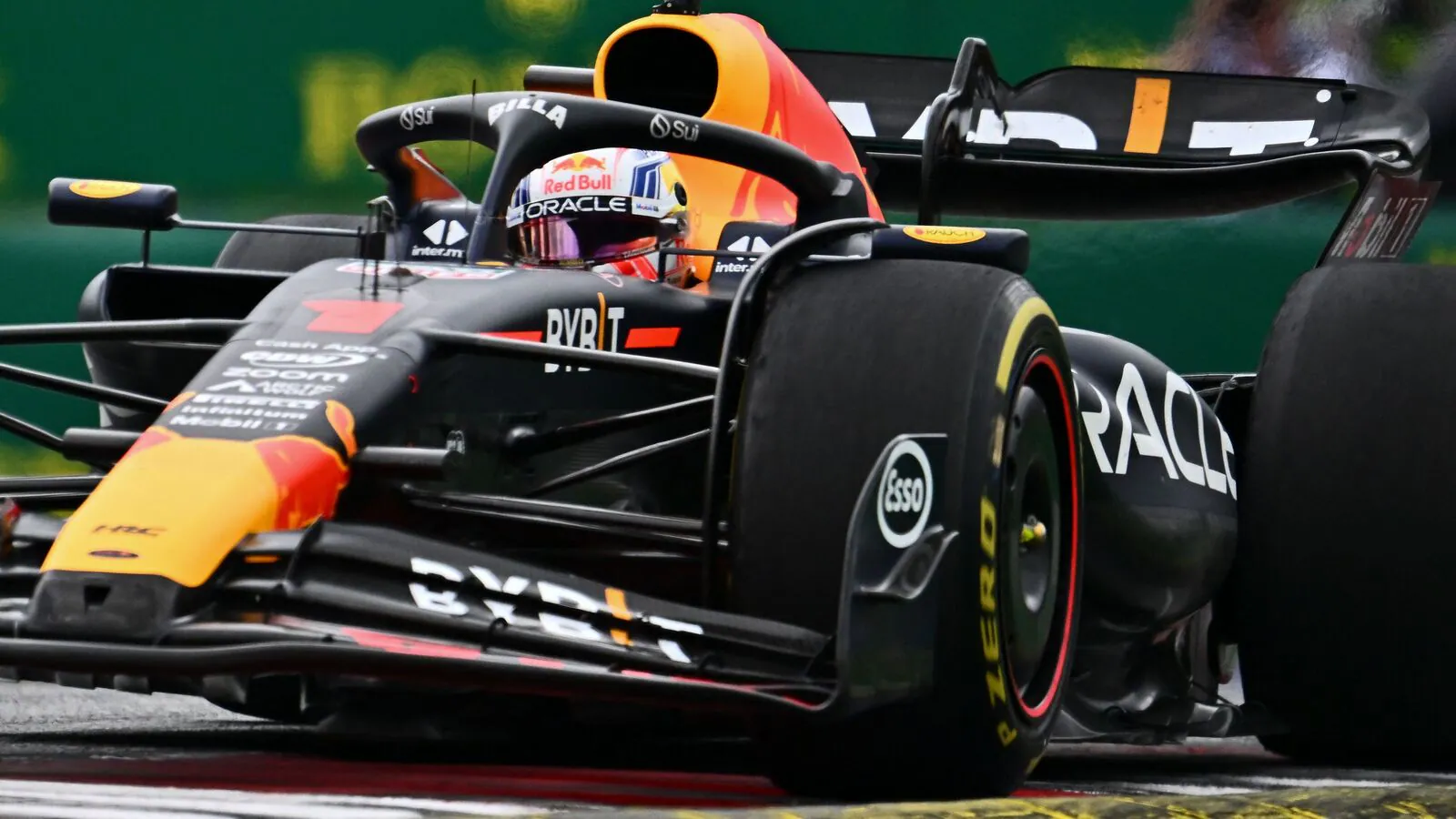Buckle up and get ready for an adrenaline-fueled journey into the heart of Formula 1 racing. Driving F1 Cars, every move could mean the difference between victory and defeat.
In this captivating exploration, we delve into the intense experience of Driving F1 Cars. We uncover the secrets and challenges that drivers face on the world’s most prestigious racing circuits. From the deafening roar of the engines to the mind-bending speeds and G-forces. It is a world where the limits of human performance are pushed to the absolute edge.
Join us as we go behind the scenes, revealing the tireless dedication, skill, and sheer determination required to master the art of F1 racing. Whether you’re a die-hard fan or a curious observer, prepare to be captivated by the exhilarating world of F1 and discover what it truly means to be behind the wheel of these high-performance machines.
The Thrill of Driving F1 Cars

Driving F1 Cars is a sensory overload like no other. As the engine roars to life, the sheer power and acceleration become immediately apparent.
The first time a driver steps into the cockpit, they are greeted by a symphony of noise, vibrations, and an overwhelming rush of adrenaline. The car’s low-slung design and sleek aerodynamic bodywork create a feeling of being at one with the machine, as every movement is transmitted directly to the driver.
The intense speed and precision required to navigate the track demand lightning-fast reflexes and split-second decision-making. It’s a thrilling experience that few will ever have the privilege to encounter.
The Physical Demands on an F1 Driver
The physical demands of Driving F1 Cars are nothing short of extraordinary. The extreme G-forces experienced during high-speed corners put immense strain on the body.
Drivers endure forces up to 5G, which multiplies their body weight by five. To cope with these forces, drivers undergo rigorous physical training. They have to develop strength, endurance, and flexibility.
Cardiovascular fitness is crucial for maintaining concentration and stamina over the course of a race, as drivers can easily lose up to 3 liters of sweat in a single Grand Prix. Don’t underestimate the physical toll of driving an F1 car.
The mental focus required in F1 racing is unparalleled. The split-second decision-making required to navigate the track at speeds upwards of 200 mph demands unwavering concentration and lightning-fast reactions.
Drivers must be able to process an immense amount of information in a fraction of a second, constantly assessing their position on the track, the actions of other drivers, and the condition of the car.
One momentary lapse in focus can have catastrophic consequences. The mental fortitude required to maintain this level of concentration for an entire race is what separates the best from the rest.
The Technical Aspects of an F1 Car

Behind the scenes, the technical aspects of an F1 car are a marvel of engineering. These machines are the pinnacle of automotive design, incorporating cutting-edge technology and materials to maximize performance.
The heart of the car is the engine, which produces over 900 horsepower, capable of propelling the car from 0 to 60 mph in less than 2 seconds. The aerodynamics of an F1 car are also critical, with intricate wing designs and bodywork that generate downforce to maximize grip and stability.
The suspension, brakes, and tires are all finely tuned to provide the driver with the utmost control and feedback. Every component is meticulously engineered to ensure the car is as fast and responsive as possible.
The speed and acceleration of an F1 car are mind-boggling. These machines can reach speeds of over 230 mph on straightaways, making them some of the fastest vehicles on the planet. The acceleration is equally impressive, with the ability to go from 0 to 100 mph in under 3 seconds.
The power-to-weight ratio of an F1 car is staggering, allowing them to accelerate and decelerate with unmatched ferocity. The combination of speed, acceleration, and maneuverability makes F1 cars a truly incredible sight to behold.
The danger and risks involved in F1 racing cannot be understated. While safety measures have come a long way over the years, the inherent risks of driving at such high speeds remain.
Crashes can result in severe injuries or even death, and drivers must constantly be aware of the potential dangers on the track. The close proximity of the cars and the aggressive nature of the racing add an extra layer of intensity and risk.
However, it is this element of danger that adds to the allure of F1 racing, both for drivers and spectators alike.
Training and Preparation for Driving F1 Cars
To reach the pinnacle of F1 racing, drivers must undergo years of training and preparation. It starts at a young age, with many drivers beginning their racing careers in karting.
From there, they progress through various junior formulae, honing their skills and gaining experience along the way. Physical fitness is a crucial aspect of their training, with a focus on building strength, endurance, and flexibility.
Mental preparation is also vital, with drivers often working with sports psychologists to develop focus, concentration, and resilience. Simulators play a crucial role in the training process, allowing drivers to familiarize themselves with different tracks and practice various scenarios. It is a relentless pursuit of perfection that separates the F1 elite from the rest of the pack.
Behind-the-scenes of an F1 race weekend is a well-orchestrated ballet of precision and coordination. The teams work tirelessly to prepare the cars, ensuring they are in peak condition for the race.
The engineers analyze data and fine-tune the setups, while the mechanics meticulously check every component to ensure reliability. On race day, the pit crew performs lightning-fast pit stops, changing tires and refueling in a matter of seconds.
The teamwork and synchronization required to execute a flawless pit stop are a testament to the dedication and professionalism of the entire team. It is a high-pressure environment where every decision and action can make or break a race.
Conclusion: The Unforgettable Experience of Driving F1 Cars
In conclusion, the experience of driving an F1 car is one that is truly unforgettable. From the thrill of the speed and acceleration to the physical and mental demands placed on the driver, it is a world like no other.
The technical aspects of an F1 car are a testament to human ingenuity and engineering excellence. The danger and risks involved add an extra layer of intensity and excitement. And the training and preparation required to reach the pinnacle of F1 racing are a testament to the dedication and determination of the drivers.
Whether you’re a die-hard fan or a casual observer, the world of F1 racing is one that captivates and exhilarates.
So, buckle up and join us on this incredible journey behind the wheel Driving F1 Cars.

